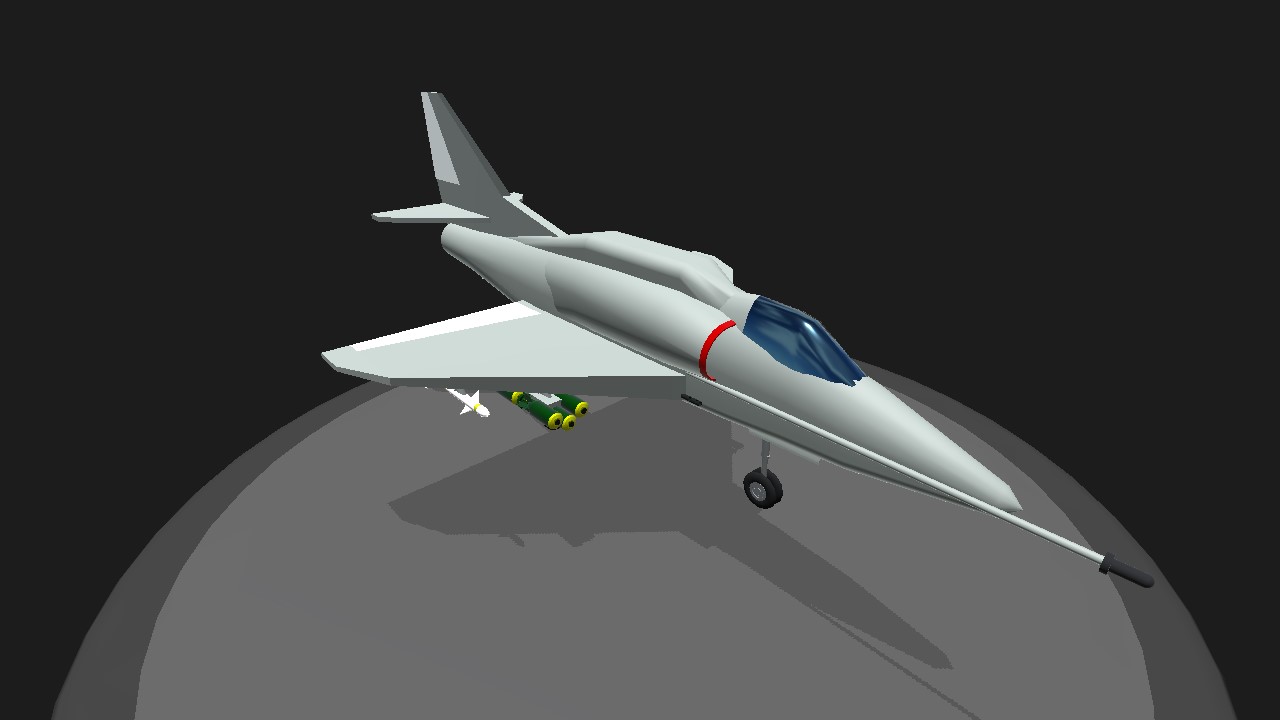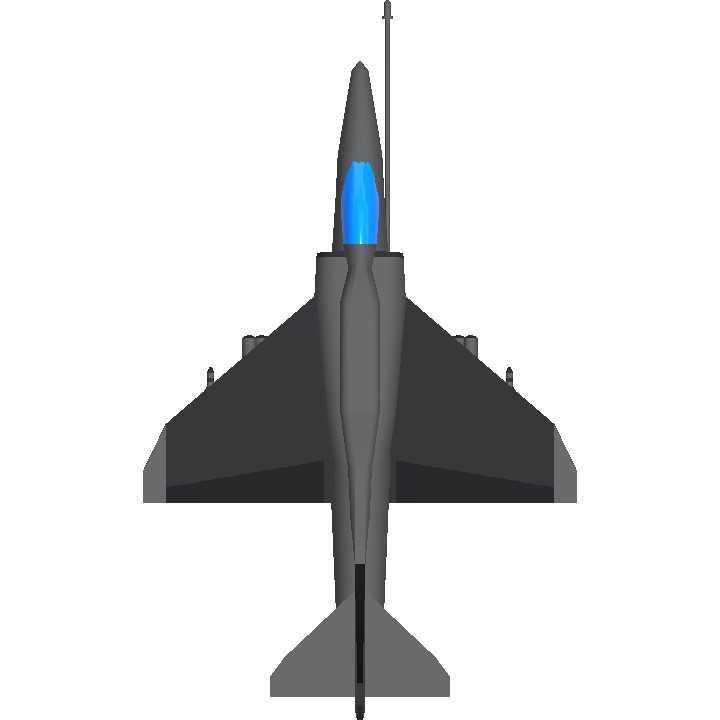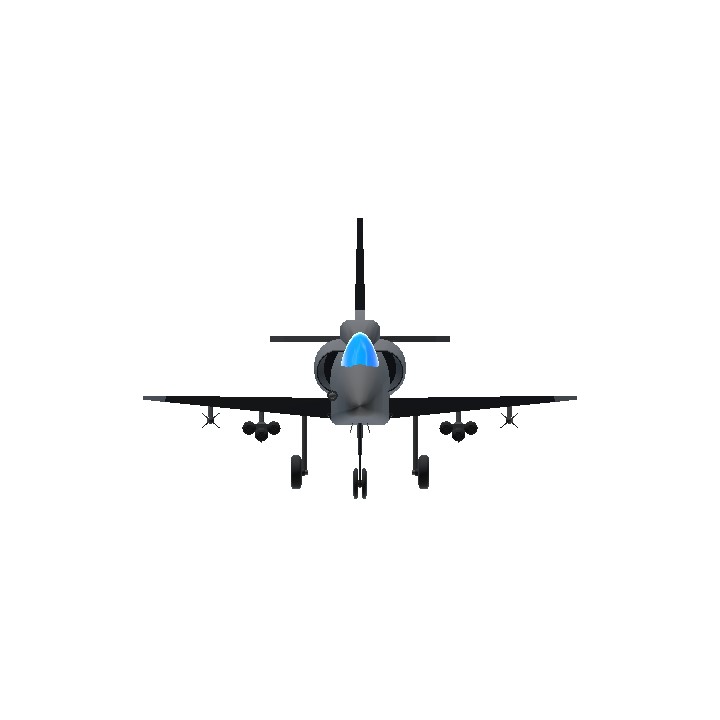Flying Mudkip~
Douglas A-4 Skyhawk
- About the aircraft
The Douglas A-4 Skyhawk, a single-engine, delta-winged ground-attack aircraft, is a legend of naval aviation. Designed by Ed Heinemann in the 1950s for the U.S. Navy and Marine Corps, the A-4 was remarkably compact and lightweight, earning it the nickname "Heinemann's Hot Rod." Despite its small size - only 39 feet long! - the Skyhawk packed a serious punch, capable of carrying over twice its own weight in ordnance. Its simple, robust design made it exceptionally reliable and easy to maintain, contributing to its long and distinguished service history.
The Skyhawk was developed during the early 1950s on behalf of the U.S. Navy and United States Marine Corps as a replacement for the propeller-driven Douglas A-1 (AD) Skyraider. By comparison, the A-4 is a compact, straightforward, and lightweight aircraft for the era; its maximum takeoff weight of 24,500 pounds (11,100 kg) was roughly half of the Navy's weight specification. The Skyhawk has a short-span delta wing configuration, a tricycle undercarriage, and is powered by a single turbojet engine. The U.S. Navy issued a contract for the aircraft on 12 June 1952. On 22 June 1954, the XA4D-1 prototype performed its maiden flight; it went on to set a world speed record of 695.163 mph on 15 October 1955. On 1 October 1956, the Skyhawk was introduced to operational service.
The Skyhawk's five hardpoints support a variety of missiles, bombs, and other munitions. It is capable of carrying a bomb load equivalent to that of the World War II-era Boeing B-17 bomber, and can deliver nuclear weapons using a low-altitude bombing system and a "loft" delivery technique. Furthermore, it pioneered the concept of "buddy" air-to-air refueling, enabling an aircraft to supply others and reduce the need for dedicated aerial tankers. The Skyhawk was originally powered by the Wright J65 turbojet engine; from the A-4E onwards, the Pratt & Whitney J52 engine was used instead. The Skyhawk was in production through to February 1979, by which point 2,960 aircraft had been delivered to a variety of operators. 555 aircraft alone were built as dedicated two-seat trainers.
The Skyhawk saw extensive combat service during the Vietnam War, where it proved its worth in close air support, interdiction, and strike missions. It was also exported to numerous countries around the world, including Argentina, Israel, Kuwait, and Singapore, and remained in active service with some nations well into the 21st century. Known for its agility and affordability, the A-4 became a workhorse for air forces globally, demonstrating that size isn't everything when it comes to combat effectiveness. The A-4's legacy continues today, with several privately owned Skyhawks serving as aggressor aircraft for military training exercises.
Possible Aircraft Nicknames
Beyond the official "Skyhawk" and the designer-related "Heinemann's Hot Rod," forum discussions often reveal a variety of affectionate or humorous nicknames:
Scooter: This seems to be a very common nickname, likely due to its small size making it look like a motor scooter.
Tinker Toy: Highlighting its simple, almost toy-like appearance.
Bantam Bomber: Emphasizing its small size but significant bombing capabilities.
Mighty Mite: Again, a reference to its small size and surprising power.
Goat: A more derisive term, potentially referencing its sometimes stubborn handling characteristics or its use in less glamorous roles later in its career. (This one is less common and context-dependent).
- About the variant
A-4F (A4D-6?)
Refinement of A-4E with extra avionics housed in a hump on the fuselage spine (this feature later retrofitted to A-4Es and some A-4Cs), wing-top spoilers to reduce landing roll out, nose wheel steering, and more powerful J52-P-8A engine with 9,300 lbf (41 kN) of thrust, later upgraded in service to J52-P-408 with 11,200 lbf (50 kN), 147 built. Some served with Blue Angels acrobatic team from 1973 to 1986.
C O N T R O L S
Trim : Flaps, cruising 'rotate' adjuster
VTOL : Further flaps
AG.1 : Arresting hook
*If the bombs and missiles stripped, the aircraft having 71 parts
Specifications
Spotlights
- NewWorldAerospace 14 days ago
General Characteristics
- Created On Android
- Wingspan 27.1ft (8.3m)
- Length 44.9ft (13.7m)
- Height 17.4ft (5.3m)
- Empty Weight 11,029lbs (5,003kg)
- Loaded Weight 13,688lbs (6,209kg)
Performance
- Power/Weight Ratio 0.62
- Wing Loading 33.4lbs/ft2 (163.1kg/m2)
- Wing Area 409.7ft2 (38.1m2)
- Drag Points 1640
Parts
- Number of Parts 89
- Control Surfaces 7
- Performance Cost 696







@Rob119 spotlight time
Yo remind me to spotlight after a bit, I ran out lol
Cool A-4